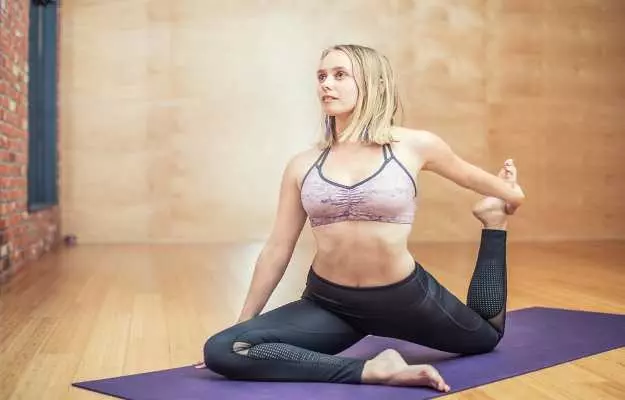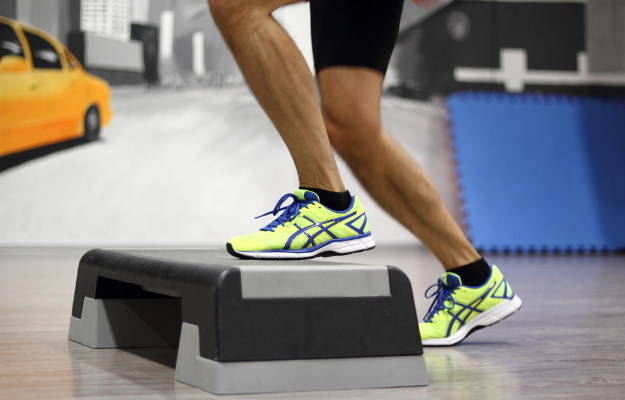Working out to stay fit isn't just important for people whose profession is linked to the world of fitness; it has become a necessity among people who lead stressful lives, eat processed foods and get by on less sleep, too.
However, a host of these workouts - whether it is more traditional forms of exercise like long-distance running, cycling and weight training like kettlebell workouts or newer workouts like high-intensity interval training (HIIT) and Crossfit - can leave you with muscle ache and pains for the rest of the day.
Add to this the fact that many of us skip (or rush through) what we consider to be the less important segments of the workout - such as, warming up, joint mobility exercises, stretching and using the foam roller after a workout - it is no wonder that our flexibility suffers.
While our workouts are designed to burn a lot of calories, the specific movements leave the body stiff and less flexible than before. The fix: move around throughout the day, not just while working out. Warm-up exercises and stretching movements have their benefits, but so do some exercises you can perform for overall flexibility, even if you have skipped a day of gym. Read on to know about them.




























